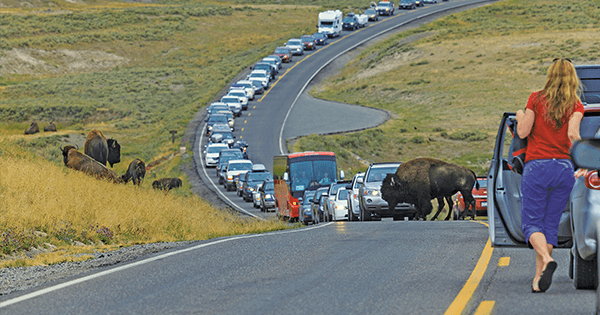The Taming of the Wild
categories: Cocktail Hour
Comments Off on The Taming of the Wild
 I have an essay in the new issue of The American Scholar. Here’s how it starts:
I have an essay in the new issue of The American Scholar. Here’s how it starts:
I am standing on top of Bald Mountain in Sonoma Valley, staring profoundly off toward the far Pacific and the dying sun. I scrunch my eyebrows and squint a little, thinking this will add to my overall air of deep thoughtfulness. My facial muscles are responding not to the transporting magic of nature, however, but to another imperative: I need to look good for the camera. Cameras, actually. Off to my side, a young man named Jimmy, whose easygoing professionalism I’ve come to respect over the past 10 days of shooting, points a surprisingly heavy (I have tried to lift it) camera at my head to film me in profile. Up above, a drone swoops over to capture the full grandeur of the moment. Following instructions, I move closer to the edge of the mountain, striking a pose that is meant to say part world conqueror, part shaman. I am a New Age Cortés.
Later, in search of the perfect shot, the drone will crash into a tree and be rendered inoperable. Later still, when I see the drone footage on TV, I will realize for the first time that I have a significant bald spot.
The idea of the show, put oversimply, is that nature is good and that screens—whether those of computer, camera, TV, or phone—are bad. But of course it takes a lot of screens to get this point across. The irony of this is the sort that is easy for a sixth-grader to comprehend. I know this for a fact, because when I use the TV show as a teaching moment with my 12-year-old daughter, railing against all her texting and phoning and computing, and telling her she should get out in nature more, she rightly points out that the whole time I was out in nature, I was being filmed.
Read the rest HERE

